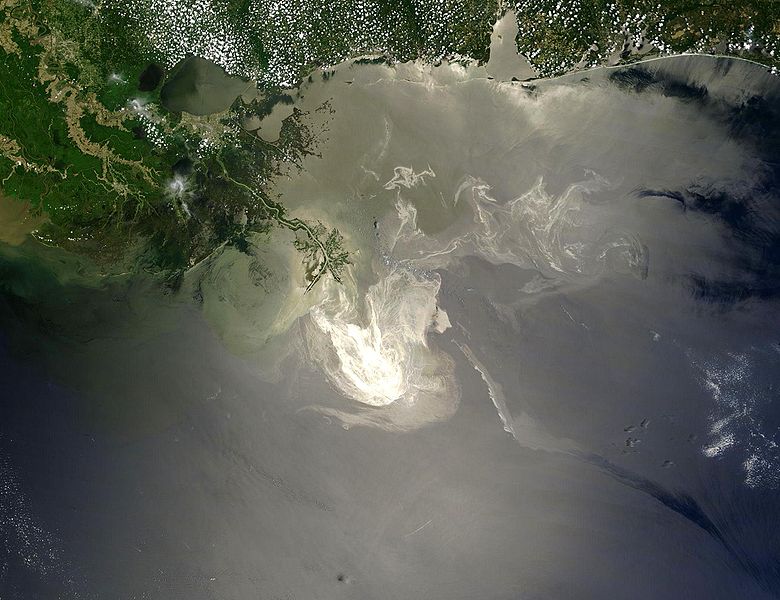As the BP leak has dumped thousands of barrels into the Gulf of Mexico each day—and the responses of the oil firm and the Obama administration have been questioned—one critical issue has been the use of dispersants, especially the main dispersants deployed by BP: Corexit 9500 and Corexit 9527. The Obama administration and members of Congress have raised concerns about the substances, which are supposedly more toxic than available alternatives.
This week the EPA, with no fanfare, posted on its website the chemical components of these two dispersants. Here’s the list:
| Chemical Name |
|---|
|
1,2-Propanediol
|
|
Ethanol, 2-butoxy-
|
|
Butanedioic acid, 2-sulfo-, 1,4-bis(2-ethylhexyl) ester, sodium salt (1:1)
|
|
Sorbitan, mono-(9Z)-9-octadecenoate
|
|
Sorbitan, mono-(9Z)-9-octadecenoate, poly(oxy-1,2-ethanediyl) derivs.
|
|
Sorbitan, tri-(9Z)-9-octadecenoate, poly(oxy-1,2-ethanediyl) derivs
|
|
2-Propanol, 1-(2-butoxy-1-methylethoxy)-
|
|
Distillates (petroleum), hydrotreated light
|
We don’t have on-staff chemists at Mother Jones. And if you look up these compounds, you find that Sorbitan, for example, is used to make chemicals that allow liquid to spread more easily and allow two liquids to mix better. But we already knew that—that’s what dispersants do. Unfortunately, it’s hard to determine from the list itself if dumping these chemicals into the Gulf might create more problems than they are supposed to solve. But we’ll look for experts who can assess these compounds. And if you happen to know anything about octadecenoate, let us know.
Update: A spokesman for NALCO, the company that makes Corexit, writes in to scoop [at] motherjones [dot] com (You can, too! Try it!):
I read Nick Baumann’s posting on the EPA’s release of the ingredients in our COREXIT dispersants. Please note that since their original posting they have updated the information to clarify the Ethanol, 2-butoxy- is included only in COREXIT 9527 and is not in COREXIT 9500.
This is a key point since COREXIT 9500 is the sole product we have been making for Gulf responders since the spill began. Only limited quantities of COREXIT 9527, which were drawn from existing dispersant stockpiles from around the world, have been used in the Gulf spill response.
Both COREXIT dispersants have been approved by the EPA as part of the National Contingency Plan for treating oil spills.
In addition, a May 2010 report by the Centers for Disease Control concluded that ‘because of the strict guidelines that must be followed to utilize dispersants, it is unlikely that the general public will be exposed (directly) to (the) product.’ The report further states that ‘ingredients are not considered to cause chemical sensitization; the dispersants contain proven, biodegradable and low toxicity surfactants.’
We have posted information about the ingredients in COREXIT dispersants on our website: http://nalco.com/news-and-events/4297.htm
I hope you find this in formation useful.













